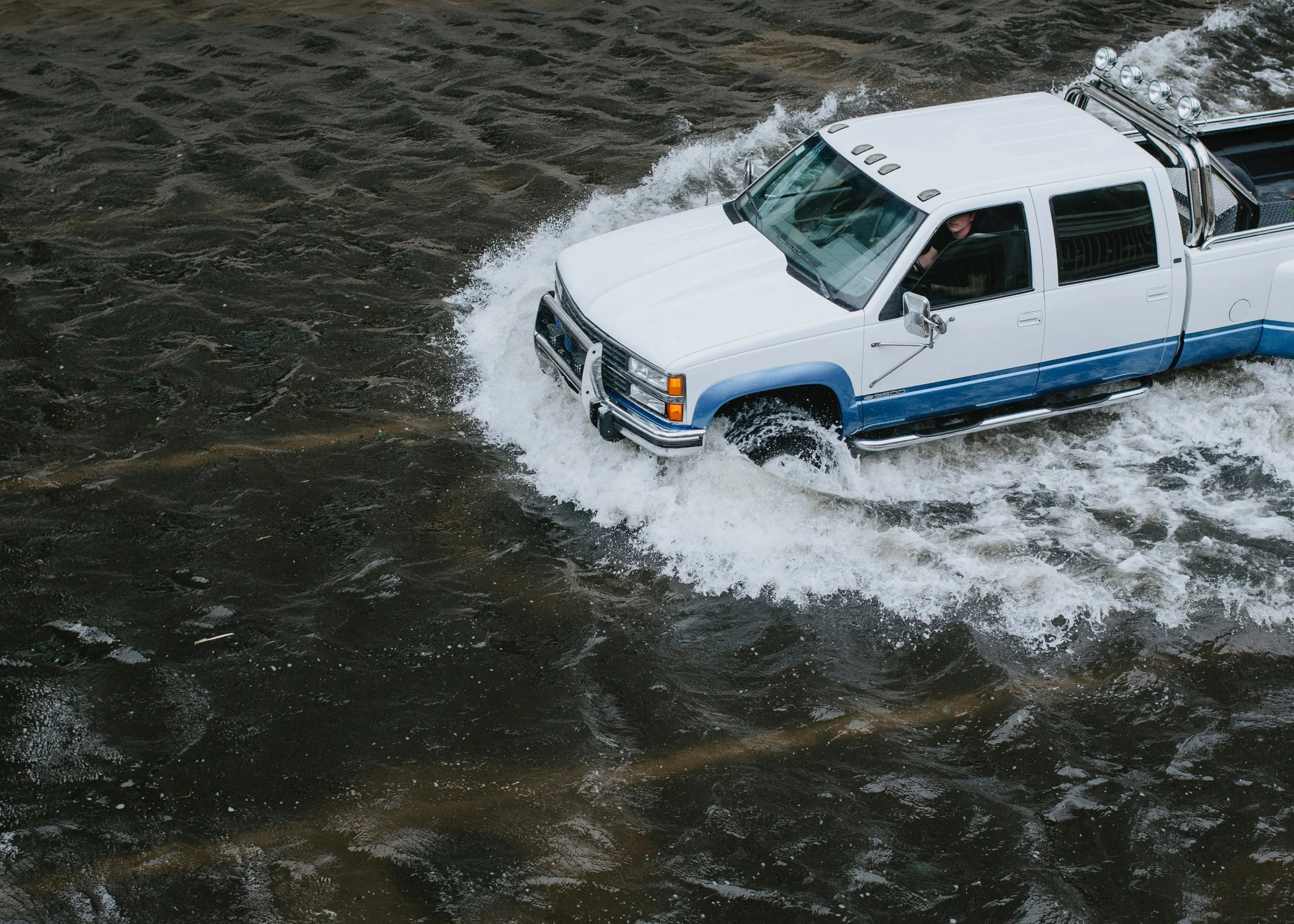The Rising Tide: Managing Flood Risks in Cinematic Productions
by Kevin Gardner
The film industry frequently grapples with the challenge of depicting natural disasters, where the recreation of flooding scenes stands as a testament to filmmakers' creativity and technical prowess. This comprehensive exploration delves into the intricacies of filming flood scenes, emphasizing the importance of meticulous planning, technological advancements, and risk management strategies, including the often-overlooked aspect of flood insurance.
Crafting Realism: The Art of Filming Flood Scenes
Filming flood scenes is a complex endeavor that demands a balance between artistic vision and technical feasibility. Cinematographers and directors often rely on a combination of practical effects, such as water tanks and controlled flooding environments, and digital effects to create realistic and impactful scenes. The use of CGI (Computer-Generated Imagery) has revolutionized this process, allowing for the creation of expansive flood scenes without the risks associated with actual flooding.
The challenge lies in maintaining the authenticity of the disaster while ensuring the safety of the cast and crew. This requires a detailed understanding of the dynamics of water and its impact on different environments. Production teams often collaborate with experts in hydrology and special effects to simulate realistic flood conditions. For instance, using wave machines, rain towers, and custom-built sets allows filmmakers to control water flow and depth, which is crucial for creating convincing and safe flood scenes.
The Role of Technology in Enhancing Flood Scenes
Advancements in technology have dramatically expanded the capabilities of filmmakers in depicting flood scenarios. High-resolution cameras and sophisticated editing software enable the capture and enhancement of water effects, adding depth and intensity to the scenes. Drones and underwater cameras offer unique perspectives, allowing for aerial and submerged shots that were previously difficult or impossible to achieve.
Moreover, virtual reality (VR) and augmented reality (AR) technologies are increasingly being used in pre-visualization stages. These tools enable directors and cinematographers to plan and experiment with different flood scenarios in a virtual environment before filming. This approach not only saves time and resources but also enhances the safety and efficiency of the production process.
Navigating Safety and Logistics in Flood-Prone Set Locations
Choosing a location for filming flood scenes is a critical decision that involves assessing various factors such as accessibility, safety, and environmental impact. Locations prone to natural flooding offer realism but come with inherent risks. Production teams must conduct thorough risk assessments and develop contingency plans to ensure the safety of everyone involved.
Collaboration with local authorities and emergency services is essential for obtaining accurate information about the potential risks and regulations in flood-prone areas. Additionally, having a dedicated safety team on set, trained in water rescue and first aid, is crucial in managing any unforeseen incidents.
The Importance of Flood Insurance in Film Productions
While often overlooked, securing flood insurance is a vital aspect of risk management in filming flood scenes. Film productions involve significant financial investments, and the unpredictable nature of water can lead to costly damage to equipment, and sets, and even delays in production schedules.
Flood insurance provides a safety net, covering the costs associated with water damage and protecting the production from financial losses. It is crucial for producers to work closely with insurance specialists to understand the specific needs of their project and ensure comprehensive coverage. This includes assessing the value of equipment, sets, and potential revenue losses in case of production delays. Producers are advised to purchase flood insurance as an essential step in safeguarding their investments against the unforeseen challenges posed by water-related scenes.
Conclusion
Filming flood scenes in movies is an intricate process that blends artistic vision with technical expertise and safety considerations. The evolution of technology has opened new avenues for creating more realistic and engaging flood scenarios, elevating the cinematic experience for audiences. However, this comes with the responsibility of ensuring the safety of the cast and crew, as well as managing the financial risks associated with such high-stakes productions. Flood insurance, though often underemphasized, plays a crucial role in safeguarding the interests of filmmakers against the unpredictability of nature. As the film industry continues to push the boundaries of what can be achieved on screen, the lessons learned from managing flood scenes will undoubtedly contribute to the future of cinematic storytelling.

